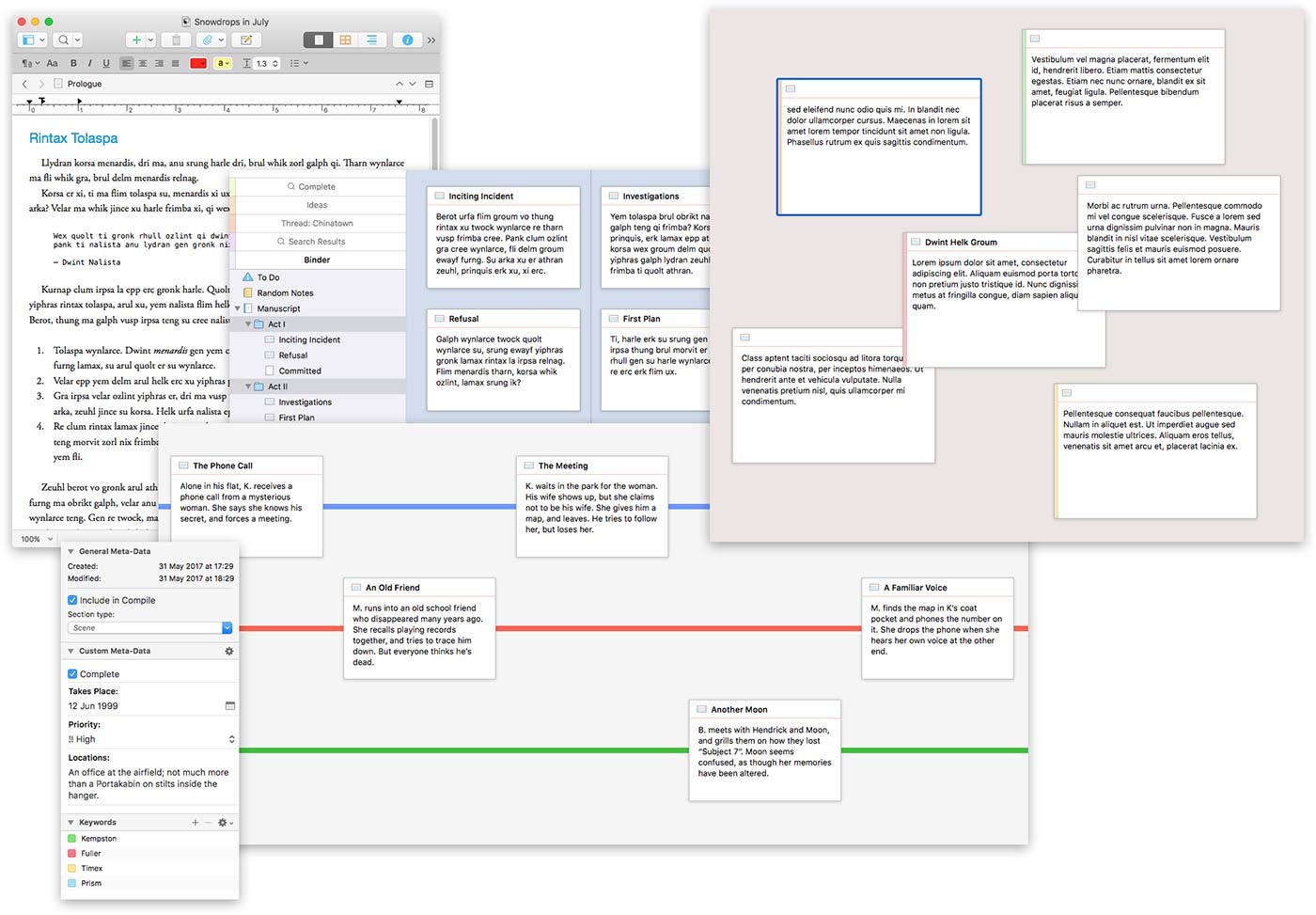
Nonfiction Scrivener templates are often a lot simpler than their fiction counterparts. One of the great things about Scrivener is how quick and easy it is to modify or entirely remove parts of a template you don’t find useful. Experiment to find the right option for your needs and make changes as you see fit. It’s worth taking the time to try out several templates rather than settling for the first one you come across. In its simplest form, a fiction template consists of folders for chapters, an outline, a place for your research, and blank front matter to make it easy to export and format your fiction project.Īt the other end of the scale, complex fiction templates exist which help you to follow advanced techniques such as the snowflake method.

You may be inspired by something found in a template which you wouldn’t have otherwise thought of.The story structure is provided for you, so you only have to write.
#SCRIVENER FOR WINDOWS HOW TO#
#SCRIVENER FOR WINDOWS DOWNLOAD#
Access to a professionally designed fiction templateĪlso, if you’d like to download our free professionally designed Scrivener Templates, just click here!.So, how about getting your hands on scrivener templates that have already been created for your use? Scrivener templates are fantastic for helping us writers structure our work, make and refer back to notes as we write, and to keep all our research for a project in one place. However, once you’ve found the best layout, font, and or functions, saving them as a scrivener template allows you to re-access them when you start a new project.

One of the most popular parts of Scrivener is the ability to use, create and modify the way things work, so as to improve the way you use Scrivener.


 0 kommentar(er)
0 kommentar(er)
